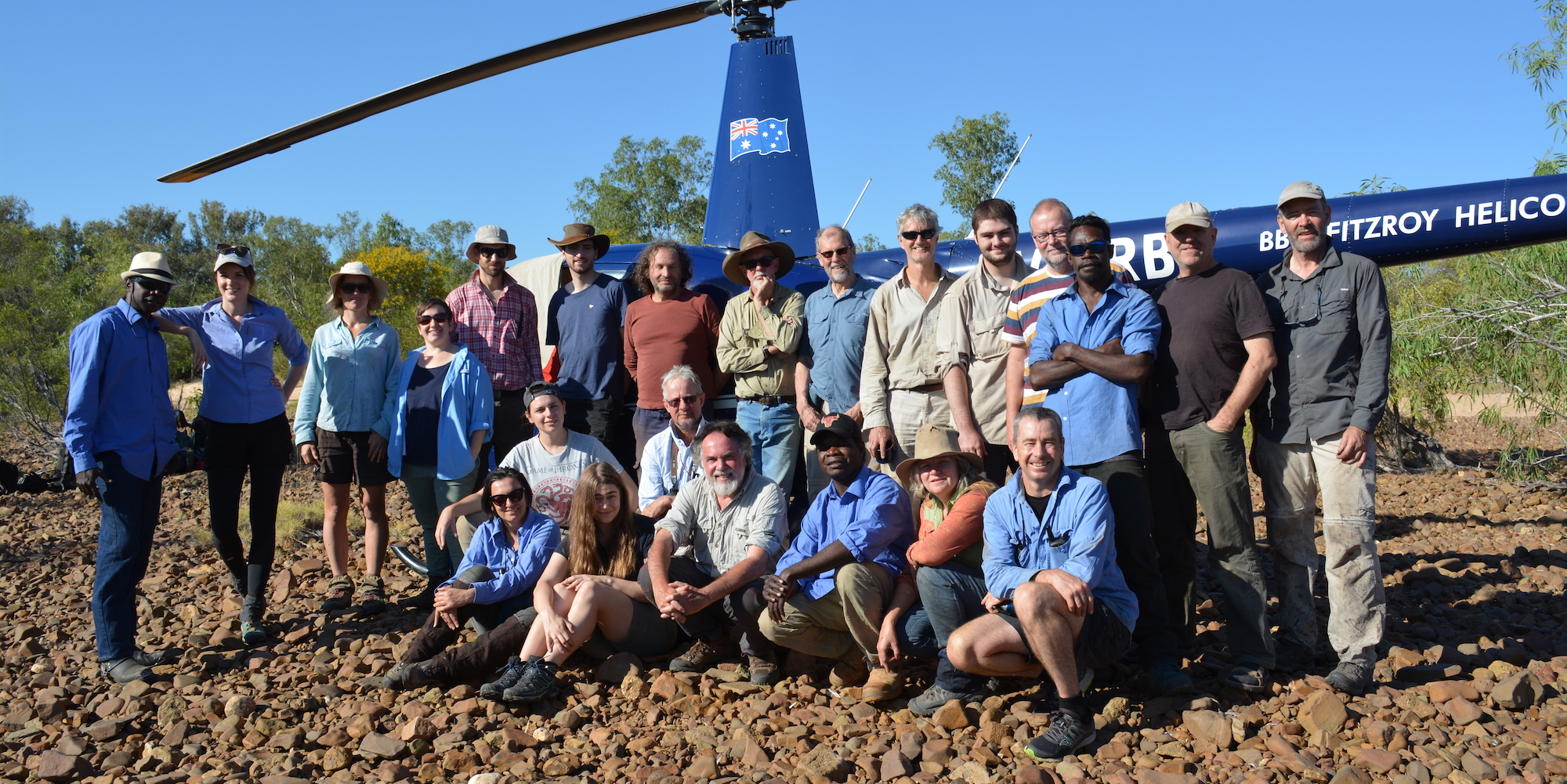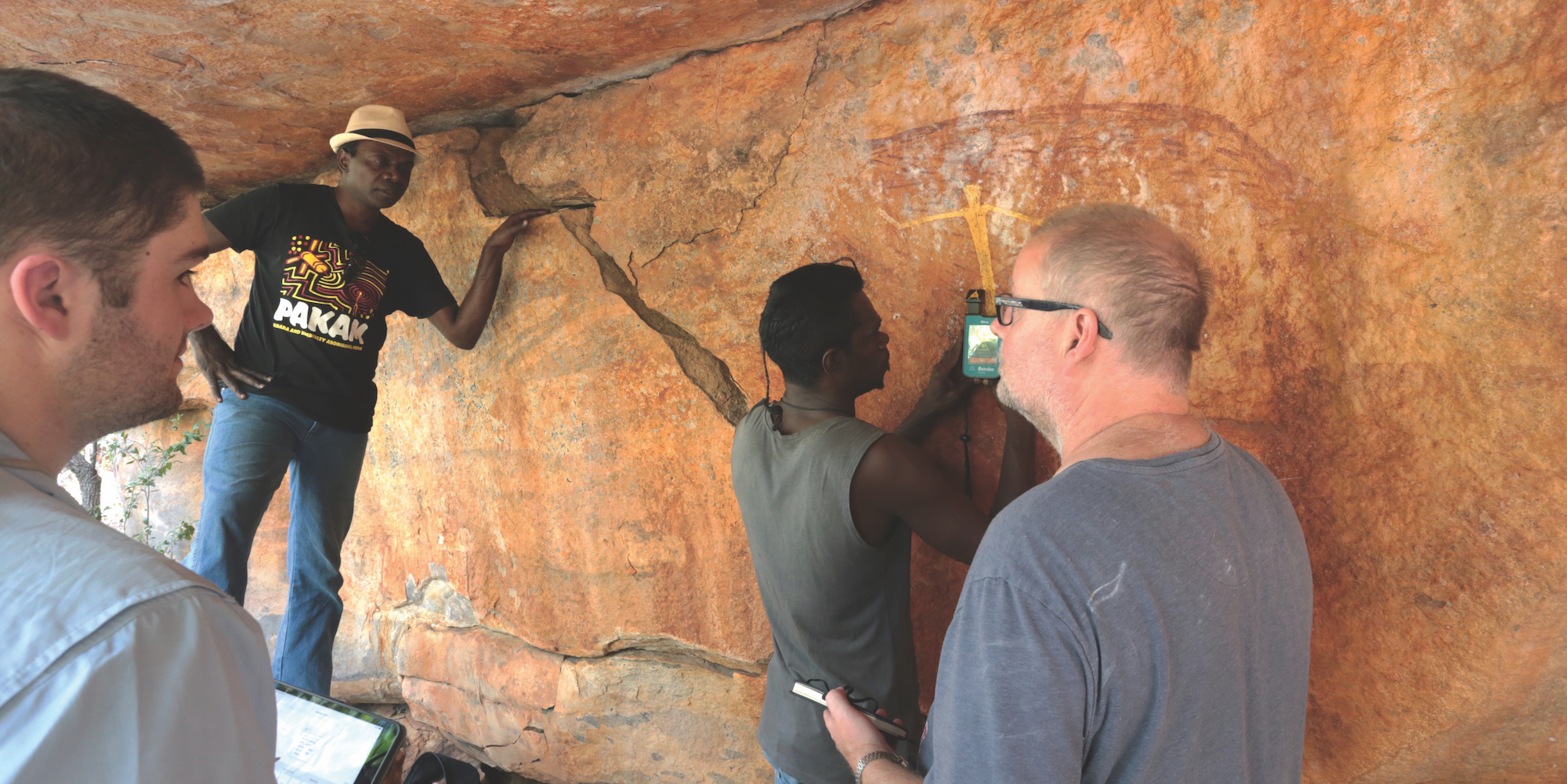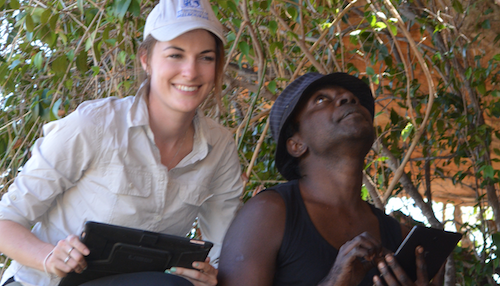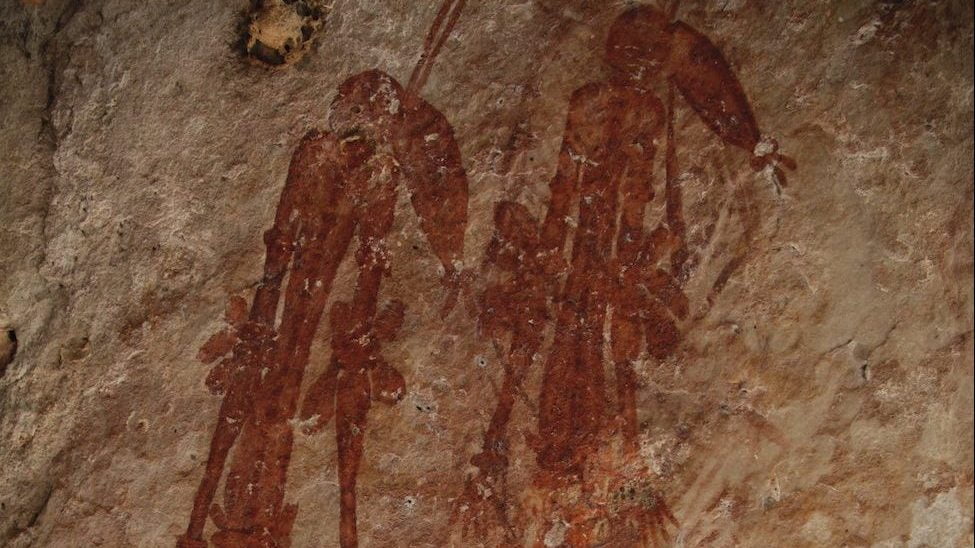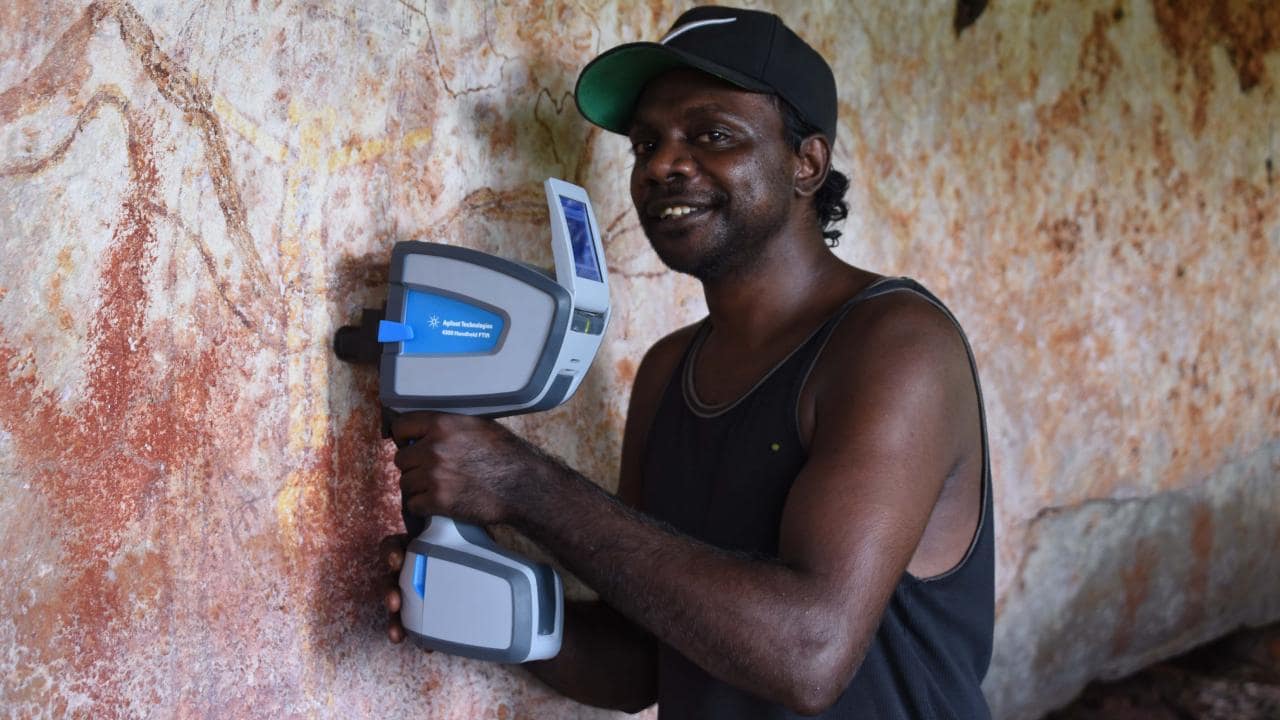The Dating project is an Australian Research Council (ARC) Linkage Project led by the University of Melbourne’s Earth Sciences department. Rock Art Australia is the primary funding Partner Organisation with the ARC. Partners include the University of Melbourne (Administering Organisation), the University of Wollongong, the University of Western Australia, ANSTO, Balanggarra Aboriginal Corporation and Rangers, Dunkeld Pastoral Company, Rock Art Australia and the WA Department of Biodiversity and Conservation.
The project is led by Prof Andy Gleadow together with Profs Janet Hergt, Jon Woodhead and Drs Helen Green, John Hellstrom from the University of Melbourne, Prof Peter Veth and Dr Sven Ouzman from the University of Western Australia, Prof Bert Roberts and Dr Tibi Codilean from the University of Wollongong, Dr John Moreau from The University of Glasgow (UK), Prof Roy Goodacre from The University of Liverpool (UK), Dr David Fink from ANSTO, Cecilia Myers from Dunkeld Pastoral Company and Pauline Heaney from RAA/Lettuce Create. Current students on the project include Damien Finch (PhD), Jenna Hoy (Masters-Submitted) and Sam Drew (Masters). The project also collaborates closely with Traditional Owners from remote communities at Kalumburu and Wyndham including; Ian Waina, Uriah Waina, Lucas Karadada, Ethan Karadada, Augie Unghango, Scottie Unghango, Trinity Unghango, Gareth Unghango, Jeremy Unghango, Patrick Tataya, Rowan Waina, Mark Unghango, Adrian French, Ambrose Chalarimeri and Balanggarra Rangers: James ‘Birdy’ Gallagher and Wes Alberts. The project also works closely with the Kimberley Visions team to share knowledge and resources.

